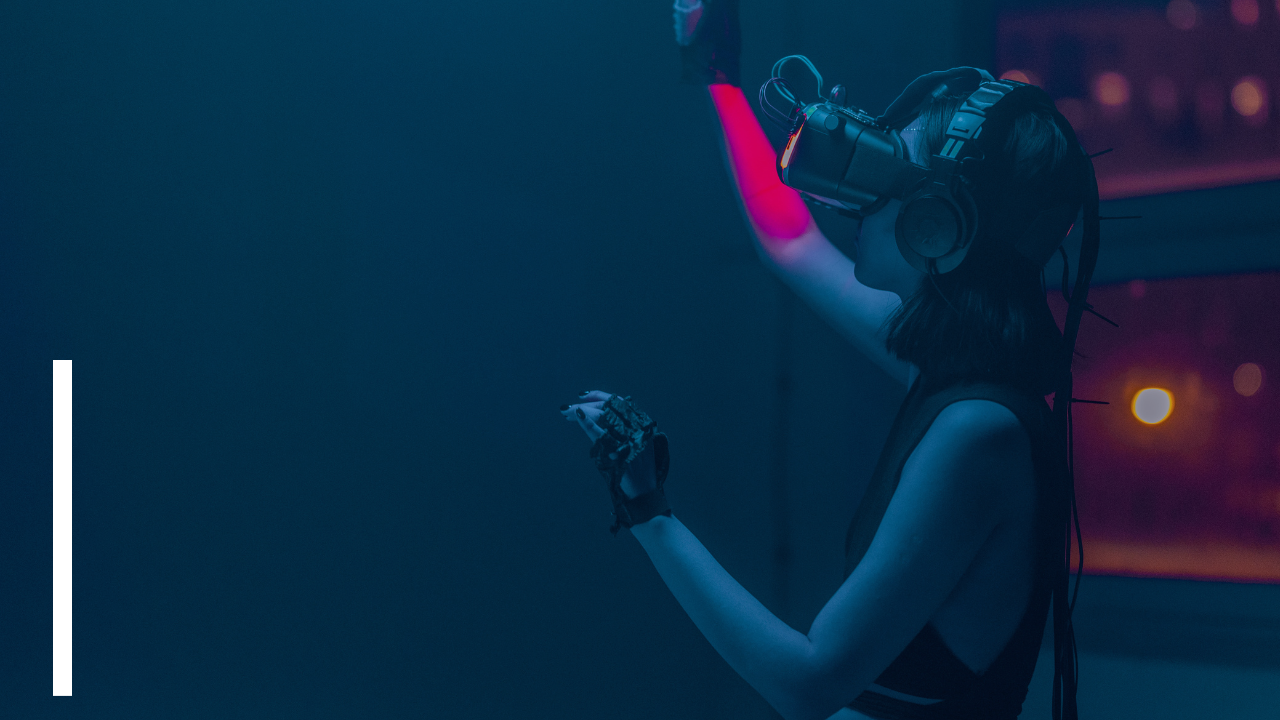Tech
Designing for Impact: Creating Memorable Visual Experiences

A vital component of graphic design in today’s world of constant visual stimulation is the ability to design with impact. In an environment where people are continuously surrounded by information, the capacity to grab attention, arouse feelings, and leave a lasting impression is more important than ever. In order to shed light on how graphic designers create images that resonate and endure, this article examines the ideas and techniques behind designing for impact.
The Influence of Initial Views
In the field of design, the saying “first impressions matter” is accurate. The first visual encounter—be it a website, an advertisement, or a social media post—sets the tone for the viewer’s experience. Graphic designers are aware of how important it is to produce visually striking images that grab the viewer’s attention right away. Vibrant hues, arresting imagery, and astute use of space are just a few of the components used to create an unforgettable first impression.
Being Aware of the Audience
Profit a thorough understanding of the target audience is the first step in designing with impact. Effective graphics are made to speak to the interests, morals, and feelings of the target audience. Regardless of the objective—inspiring, educating, or entertaining—designers need to connect with their audience on a deeper level than just visual appeal. By focusing on the audience, the visual experience is made to be both meaningful and unforgettable.
Using Design to Tell Stories
Often, memorable images convey a narrative. As visual storytellers, graphic designers use font, color, and image to tell an engaging story to their audience. The narrative integrated into the design adds depth and engagement, whether it’s about a social cause, a product launch, or the journey of a brand. A gripping narrative keeps the audience’s interest while also creating a bond that sticks in their mind.
Use of Color and Typography Strategically
Two of a designer’s most useful tools are color and typography. Color psychology affects feelings and perceptions, enabling designers to elicit particular emotions. While muted tones may imply sophistication or calm, bold and contrasting color choices can convey a sense of urgency or excitement. Similar to readability, typography adds to the overall visual identity of a brand by expressing its personality and message.
A Complexity’s Simplicity
Though impressive at times, simplicity frequently has a greater long-term effect. A sign of a successful design is the capacity to reduce complicated concepts to simple, understandable images. The attention of the viewer may be pique by visually complex or confusing content. Creating designs that are not only aesthetically pleasing but also simple to understand and keep, graphic designers are masters of simplification.
Innovative and Captivating Design
Interactive and captivating design is now essential to producing visually striking experiences that people will remember in the digital age. Through interactive websites and animated graphics, designers use technology to take viewers on an engaging and dynamic visual journey. This degree of involvement guarantees that the visual experience becomes a two-way conversation and leaves a lasting impression on the viewer in addition to drawing their attention.
Uniformity Throughout Platforms
When designing for impact, consistency is crucial, especially in the modern world where brands are present on several platforms. maintaining a unified visual identity across print and social media platforms improves brand identification. A unified and memorable brand presence is create by using colors, fonts, and imagery consistently across a variety of media, which helps audiences relate to and remember the brand.
Analytical and feedback measures of impact
Analytics and feedback are useful tools for measuring the impact of design in the digital landscape. Designers use data to evaluate how well their visuals perform, figuring out what works and what might need to be adjust. Future designs will always be optimize for impact and will adjust to the changing preferences of the audience thanks to this iterative refinement process. The efficacy of visuals is evaluat through analytical and feedback measures, which also offer insights into audience response and direct design optimization strategies.
Upcoming Trends: Customization and Immersion Technology
Looking ahead, embracing immersive technologies and personalization is key to designing for impact in the future. Users can interact with content in previously unheard-of ways thanks to the new dimensions that virtual and augmented reality offer for producing visually immersive experiences. Personalized content is based on data insights and guarantees that images are not only powerful but also catered to the specific tastes of the viewer.
In conclusion,
designing for impact is a dynamic and complex process that calls for a blend of strategic thinking, artistic flair, and in-depth audience knowledge. The challenge for graphic designers is to continue navigating this constantly changing landscape while producing images that not only grab the audience’s attention at the moment but also stick in their memories, leaving a lasting impression on the visual fabric of our lives.











